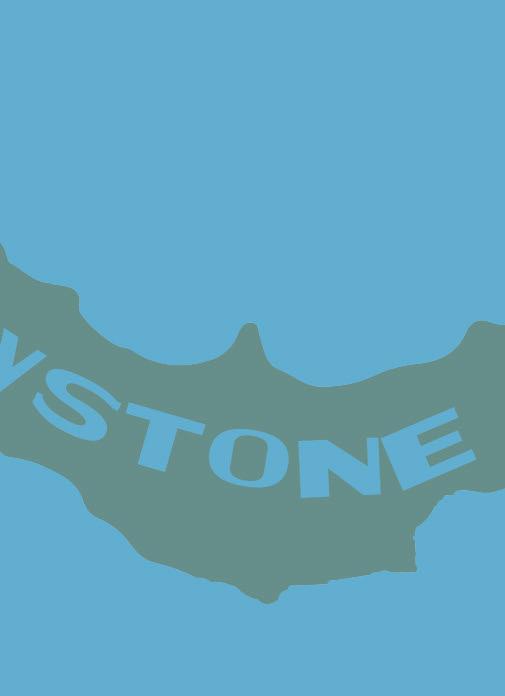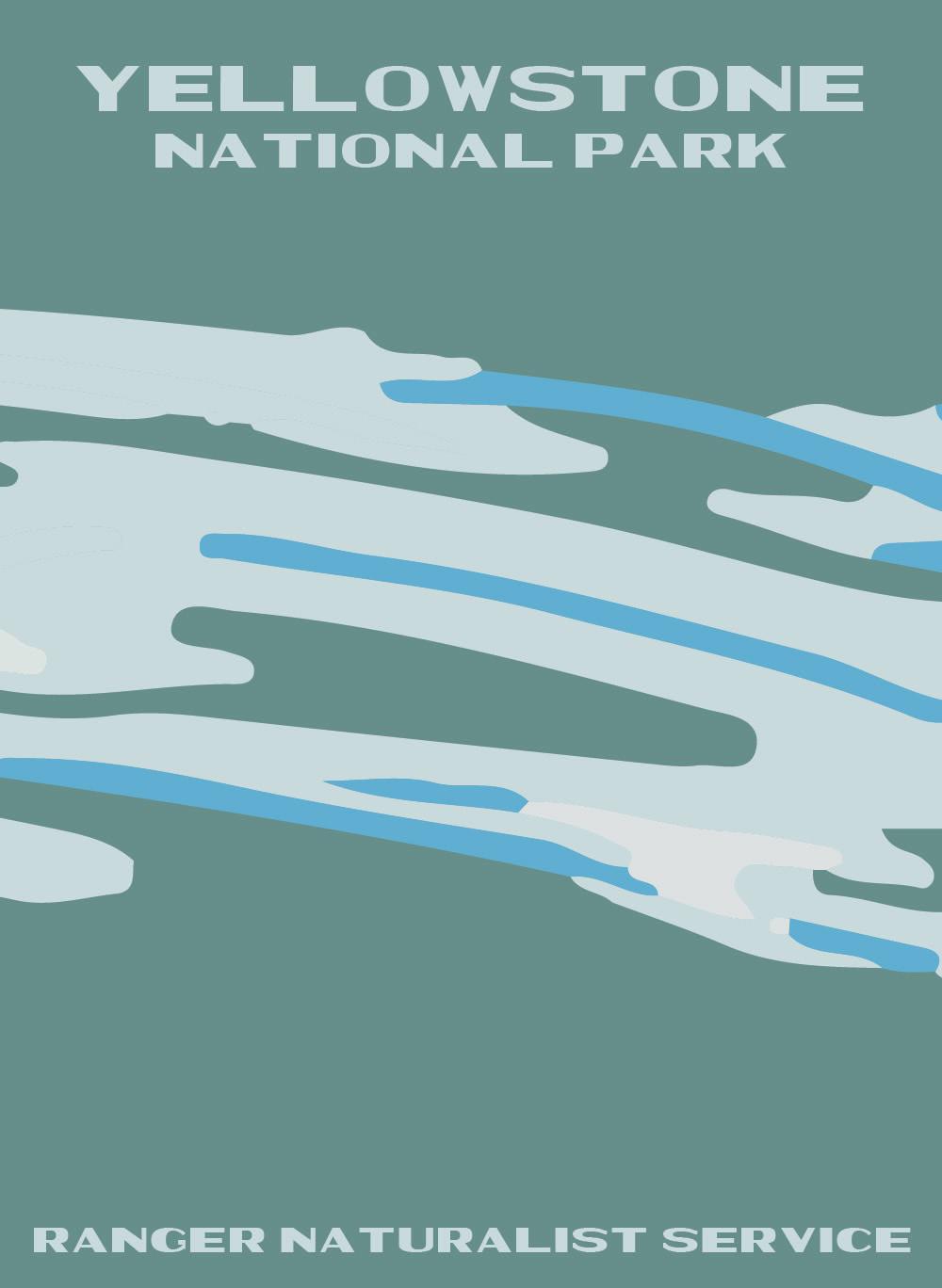
2 minute read
Fast Facts
from 50 Iterations
by saraholick
FAST FACTS
Yellowstone National Park is named after the Yellowstone River, the major river running through the park. According to French-Canadian trappers in the 1800s, they asked the name of the river from the Minnetaree tribe, who live in what is now eastern Montana. They responded “Mi tse a-da-zi,” which literally translates as “Rock Yellow River.” The trappers translated this into French as “Roche Jaune” or “Pierre Jaune.” In 1797, explorer-geographer David Thompson used the English translation—“Yellow Stone.” Lewis and Clark called the Yellowstone River by the French and English forms. Subsequent use formalized the name as “Yellowstone.
Advertisement
Until 1994, Yellowstone (at 2.2 million acres) was the largest national park in the contiguous United States. That year Death Valley National Monument was expanded and became a national park—it has more than 3 million acres. More than half of Alaska’s national park units are larger, including Wrangell–St. Elias National Park and Preserve, which is the largest unit (13 million acres) in the National Park System.
Yellowstone is in the top five national parks for number of recreational visitors. Great Smoky Mountains National Park often has the most.
FAST FACTS
Did other national parks exist before Yellowstone? Some sources list Hot Springs in Arkansas as the first national park. Set aside in 1832, forty years before Yellowstone was established in 1872, it was actually the nation’s oldest national reservation, set aside to preserve and distribute a utilitarian resource (hot water), much like our present national forests. In 1921, an act of Congress established Hot Springs as a national park.
Yosemite became a park before Yellowstone, but as a state park. Disappointed with the results 26 years later in 1890, Congress made Yosemite one of three additional national parks, along with Sequoia and General Grant, now part of Kings Canyon. Mount Rainier followed in 1899.
As an older state park, Yosemite did have a strong influence on the founding of Yellowstone in 1872 because Congress actually used language in the state park act as a model. It’s entirely possible that Congress may have preferred to make Yellowstone a state park in the same fashion as Yosemite, had it not been for an accident of geography that put it within three territorial boundaries. Arguments between Wyoming and Montana territories that year resulted in a decision to federalize Yellowstone.














